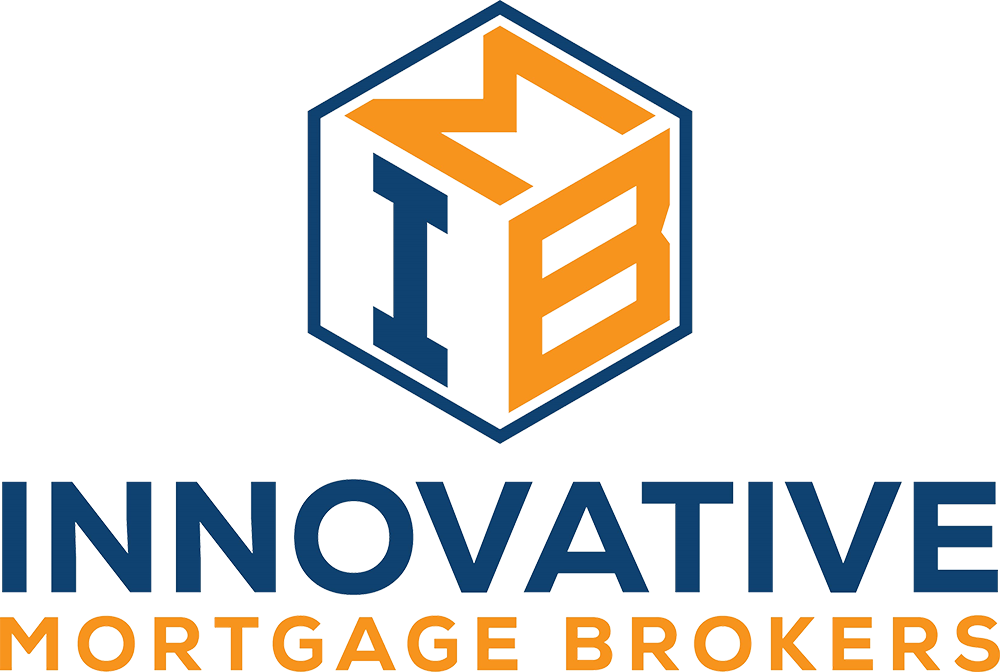Adjustable-Rate Mortgages (ARMs): Flexibility With Potential Savings
What Is an Adjustable-Rate Mortgage?
An adjustable-rate mortgage (ARM) is a home loan where the interest rate can change over time. Unlike a fixed-rate mortgage, where your interest rate stays the same for the life of the loan, an ARM typically starts with a lower introductory rate for a set number of years, then adjusts periodically based on market conditions.
This can make ARMs attractive for buyers looking for lower initial payments or those who don’t plan to stay in their home long-term.
How an ARM Works
Most ARMs begin with an initial fixed-rate period, commonly 5, 7, or 10 years. During that time, your interest rate and monthly payments remain stable.
After the fixed period, your loan adjusts on a set schedule (for example, every year) based on a market index plus a set margin.
For example, a 5/1 ARM means:
- The rate is fixed for the first 5 years.
- After that, it adjusts once per year for the rest of the loan.
Advantages of an ARM
- Lower Initial Interest Rates – ARMs often start with lower rates than fixed-rate mortgages, which can save you money in the early years.
- Lower Initial Monthly Payments – Because of the lower introductory rate, your payments are smaller at the start, which may help with cash flow.
- Good for Short-Term Plans – If you plan to sell, refinance, or pay off your home before the adjustment period, you may benefit from the lower initial costs without worrying about future rate increases.
- Rate Caps Offer Protection – Most ARMs have limits (caps) on how much your interest rate can increase at each adjustment and over the life of the loan.
Considerations Before Choosing an ARM
While ARMs can save money upfront, they do come with risks:
- Your rate (and payment) can increase after the fixed period.
- Market conditions will affect your long-term costs.
- If you stay in the home long enough, you may pay more than with a fixed-rate mortgage.
When ARMs Don’t Offer Much of a Savings Advantage
While ARMs are often promoted for their lower introductory interest rates, it’s important to know that the gap between ARM rates and fixed-rate mortgage rates isn’t always significant.
In some markets, the difference can be as little as 0.125%–0.25%. When the savings are this small, the potential risks of future adjustments may outweigh the short-term benefit.
This narrow spread often happens because of an inverted yield curve, when short-term interest rates are higher than long-term rates. In those market conditions, lenders don’t have much room to offer a big discount on ARMs compared to fixed-rate loans.
That’s why comparing ARMs and fixed-rate options side by side is critical. Sometimes the stability of a fixed-rate mortgage is the smarter choice, especially if you plan to stay in your home long-term.
Who Should Consider an ARM?
An ARM might be a good fit if you:
- Plan to sell or refinance within 5–10 years.
- Expect your income to grow in the future, making higher payments more manageable.
- Want lower payments now to free up cash for other investments.
- Are comfortable with some uncertainty in exchange for short-term savings.
Fixed-Rate vs. Adjustable-Rate Mortgage
| Feature | Fixed-Rate Mortgage | Adjustable-Rate Mortgage |
| Interest Rate Stability | Locked for life of loan | Fixed for intro period, then adjusts |
| Initial Rate | Typically higher | Typically lower |
| Best For | Long-term homeowners | Short-term owners or investors |
| Payment Predictability | Always stable | Can increase or decrease |

